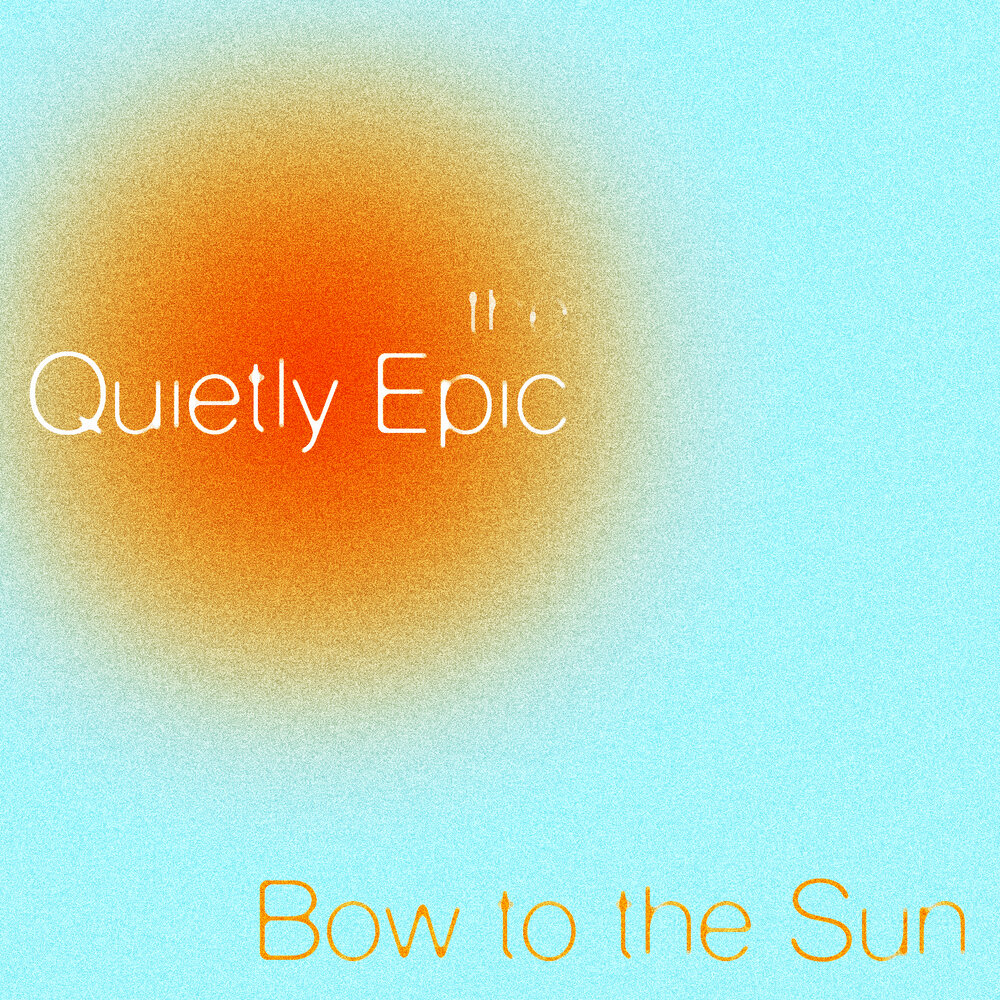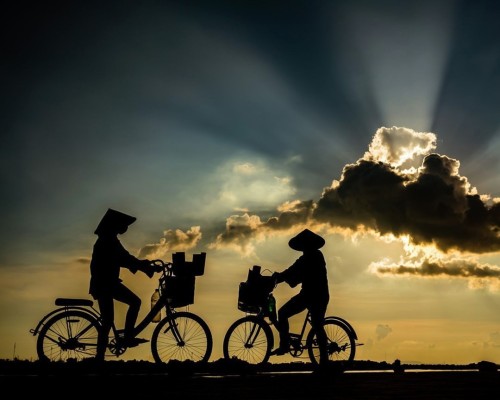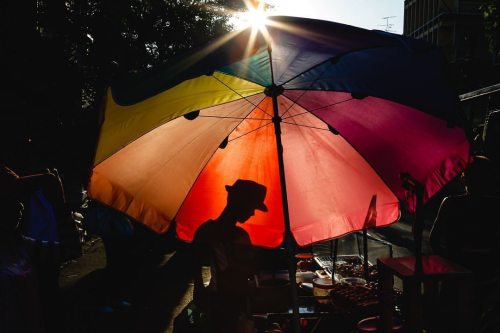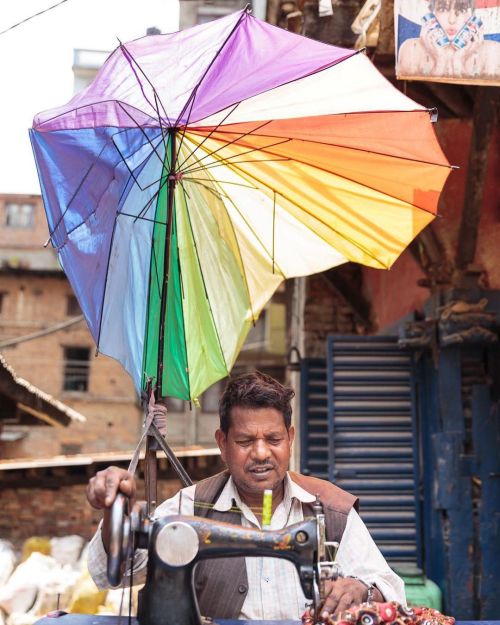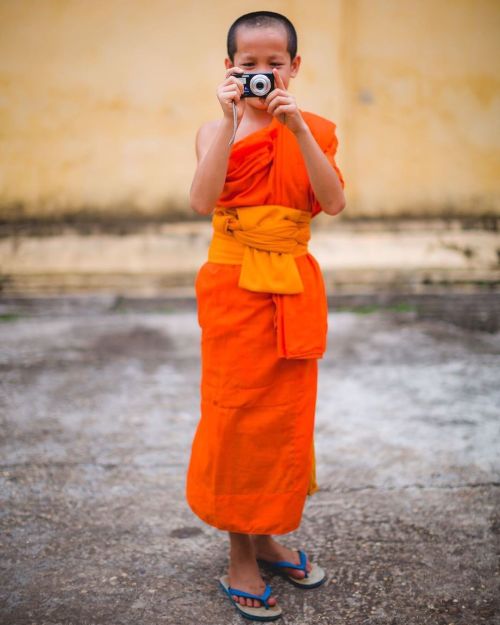Photographers
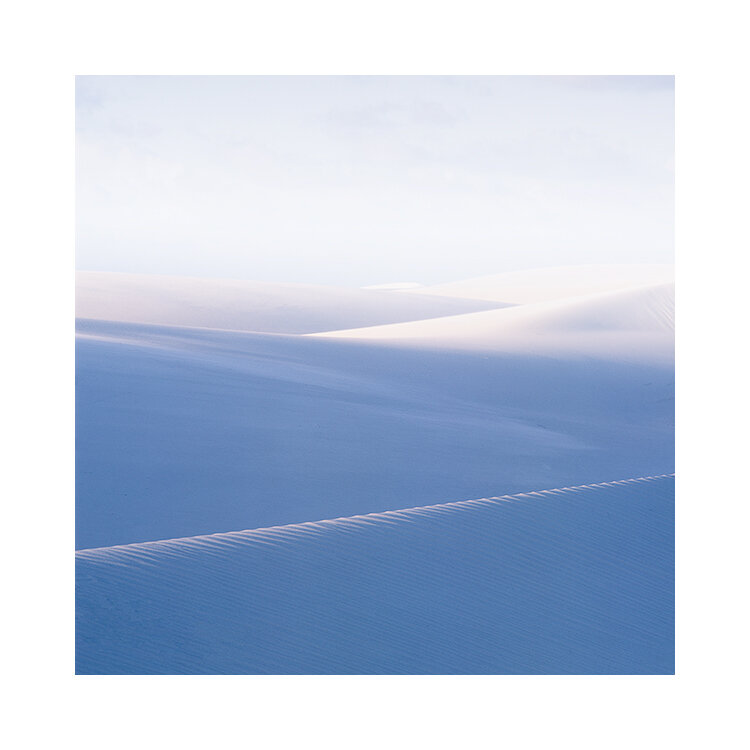
Ego has no place in Creativity
The Art of Adventure - Bruce PercyAs the Buddhist saying goes, to reach enlightenment, we have to lose the ‘i’, ‘myself’, ‘me’.
To create great art, I think we have to become a conduit for the art, rather than think of ourselves as the source.
This is the relationship I have with the work I create.

You can think of ego as a badly behaved monkey. It just wants instant gratification. It wants the adulation without the effort, and it also will get pretty upset if others do not like the work. The monkey’s opinion of itself and esteem are far more important than the work. It is like the tail wagging the dog, or putting the cart before the horse.
I have said many times that objectivity allows us to be appropriately critical of our work. To be objective, we have to be able to ‘stand outside ourselves’, and view the work as a 3rd-person might. This skill is present not just in the creation of art, but in most people’s jobs who do their jobs well. The art of being able to self-assess and figure out what is lacking and what needs to be worked on is part of self-development. And this is hard because in psychology studies, it has been found that most people tend to overestimate their abilities.
By removing the ego, we allow ourselves to let go. Letting go is the only way that creativity may flow. To remove judgement before the work is complete is in my view, essential. You can hone and shape the work, and of course there is a degree of control involved in this aspect, but by controlling the work too much, the flow of creativity will slow and halt. Too many rules, too many constrictions will lead to something that is contrived.
So we have to let go. We have to experiment. And by letting go, we allow the work to go anywhere. We also allow for the work to fail as well as succeed. Because by definition, experimentation means that we do not know what the outcome will be.
Ego is also highly coupled to the ideas of ‘success’ and ‘failure’. I rarely meet anyone who is not overly judgemental of their own work, and either spends time comparing what they did to their best work (self-comparison, and self-judgement), or to others. Rather than just saying ‘the work is what it is’, and understanding that we have an ebb and a flow to our creativity, and our work will vary, and that ‘this is completely normal and ok’, we exert judgement over what we do.
One question I am often asked is ‘how many successful images do you get on a roll of film?’ I used to try to turn the question around in the hope that the issuer of the question is forced to think about what motivated them to ask it in the first place. Because understanding one’s own motivation behind the questions we ask, can teach us a lot about how we view the subject we are discussing.
The language we use, and our choice of words can tell us so much about our selves and our relationships to the external world.
Sure I understand that for many, they just want to understand if my abilities and level of craft are above average, but this still ends up being a judgement, and expectation that some work is better than others and also, that the aim may be to reduce the ‘duds’ in the rolls of film down to just ‘successes’.
The answer I give is: ‘everything I do is a stepping stone to the next thing’. I cannot leap from one ‘successful’ image to another, and so, cutting out those in-between images would be pointless: they have to be made. They are just as important as the images we do want to keep.
With this understood, I believe that nothing is a failure. Everything teaches. You get to where you are from all the experiences you have: bad ones as well as good ones, and so the same is true in photography.
And it is for this reason, that we should try to eradicate the concepts of ‘success’ and ‘failure’ from our own internal language. We have to remove the monkey. We have to let go of our ego.
By doing so, we become free to see where creativity will take us.


